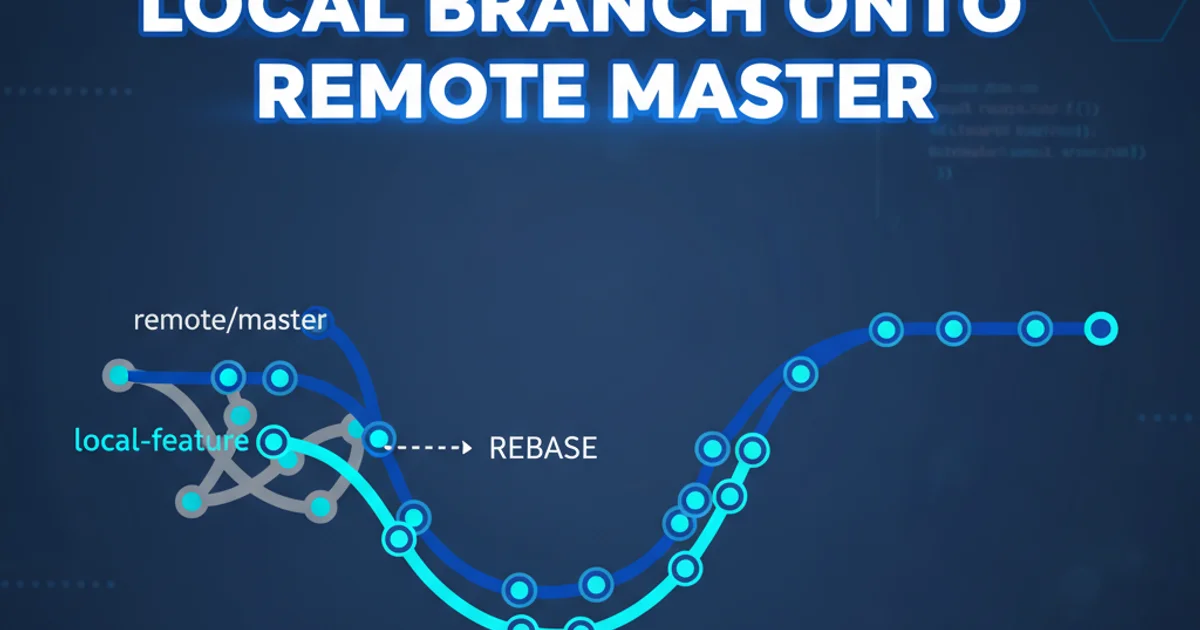how to avoid about blank blocked while open a new tab
Categories:
Preventing 'about:blank' Blocks When Opening New Tabs in JavaScript

Learn how to effectively open new browser tabs or windows using JavaScript's window.open() method without encountering the dreaded 'about:blank' block, ensuring a smooth user experience.
The window.open() method in JavaScript is a powerful tool for creating new browser windows or tabs. However, developers often encounter a common issue where the new tab opens to about:blank and then gets blocked by the browser's pop-up blocker, or simply fails to navigate to the intended URL. This usually happens due to security restrictions browsers impose on pop-ups that are not directly initiated by a user action. This article will guide you through the common pitfalls and provide robust solutions to ensure your new tabs open correctly.
Understanding the 'about:blank' Phenomenon
When window.open() is called, especially without a direct user interaction (like a click event), browsers are highly suspicious. They often open a temporary about:blank page first. If the subsequent navigation to the desired URL isn't perceived as user-initiated or happens too late, the browser's pop-up blocker might intervene, preventing the navigation and leaving the user with an empty about:blank tab or window. The key is to ensure that the window.open() call is as close as possible to the user's action.
flowchart TD
A[User Clicks Button] --> B{Is window.open() called immediately?}
B -->|Yes| C[Browser allows pop-up]
C --> D[New Tab Opens to Target URL]
B -->|No (e.g., async call, delay)| E[Browser opens 'about:blank']
E --> F{Is navigation user-initiated?}
F -->|No| G[Pop-up Blocker Intervenes]
G --> H[Tab remains 'about:blank' or closes]
F -->|Yes (rare, e.g., form submit)| DFlowchart illustrating the 'about:blank' blocking mechanism
Best Practices for window.open()
To reliably open new tabs, adhere to these best practices. The most crucial rule is to call window.open() directly within a user-initiated event handler. This tells the browser that the user explicitly requested the new window, bypassing most pop-up blockers.
// Correct way: Directly within a user event
document.getElementById('myButton').addEventListener('click', function() {
window.open('https://www.example.com', '_blank');
});
// Incorrect way: Delayed call (will likely be blocked)
document.getElementById('myButton').addEventListener('click', function() {
setTimeout(function() {
window.open('https://www.example.com', '_blank');
}, 1000);
});
Demonstrating correct and incorrect usage of window.open()
_blank target to ensure a new tab or window is opened. Omitting it might navigate the current window, or if a window with the specified name already exists, it will reuse that window.Handling Asynchronous Operations Before Opening a Tab
Sometimes, you need to perform an asynchronous operation (like an AJAX request or fetching data) before you know the final URL to open. In such cases, you cannot directly call window.open() after the async operation completes, as it will be considered non-user-initiated. The solution is to open a blank window immediately and then navigate it once the asynchronous data is ready.
document.getElementById('asyncButton').addEventListener('click', function() {
// 1. Open a blank window immediately on user click
const newWindow = window.open('about:blank', '_blank');
if (newWindow) {
// 2. Perform your asynchronous operation
fetch('/api/getDynamicUrl')
.then(response => response.json())
.then(data => {
// 3. Navigate the opened window to the dynamic URL
newWindow.location.href = data.url;
})
.catch(error => {
console.error('Error fetching URL:', error);
// Handle error, e.g., close the blank window or show a message
newWindow.close();
});
} else {
alert('Pop-up blocked! Please allow pop-ups for this site.');
}
});
Opening a blank window first, then navigating it after an async call
newWindow is null or undefined after calling window.open(). If it is, it means the pop-up was blocked by the browser, and you should inform the user.1. Step 1: Capture User Interaction
Ensure window.open() is called directly within an event handler like click, submit, or keydown.
2. Step 2: Open a Placeholder Window (for async operations)
If you need to fetch data first, immediately call const newWindow = window.open('about:blank', '_blank');.
3. Step 3: Perform Asynchronous Tasks
Execute your AJAX requests or other async logic to retrieve the target URL.
4. Step 4: Navigate the Placeholder Window
Once the URL is ready, set newWindow.location.href = yourDynamicUrl; to navigate the previously opened blank window.
5. Step 5: Handle Pop-up Blockers Gracefully
Always check if newWindow is valid. If not, alert the user that a pop-up was blocked and instruct them to allow it.